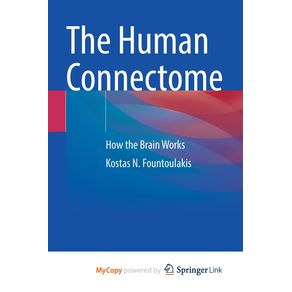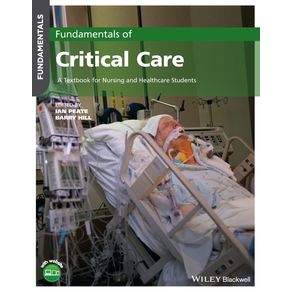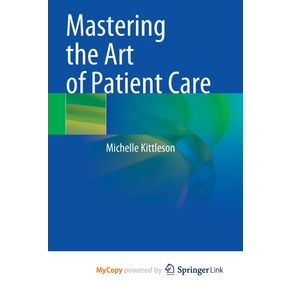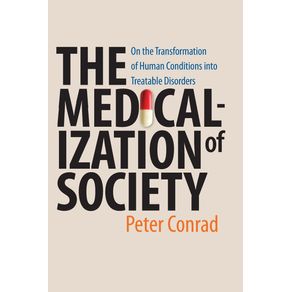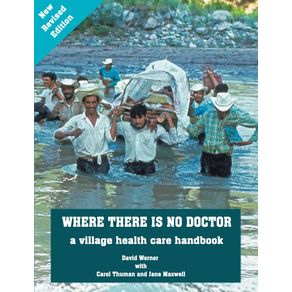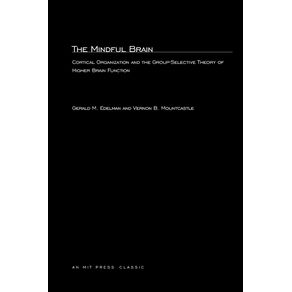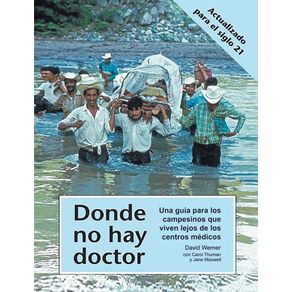-
DEPARTAMENTOS
- ANIMAIS DE ESTIMAÇÃO
- ARTES
- AUTO AJUDA
-
BEM ESTAR E LAZER
-
CATEGORIAS
-
-
CULINÁRIA E GASTRONOMIA
-
CATEGORIAS
-
-
ESPORTES
-
CATEGORIAS
-
- INFANTIL
-
RELIGIÃO
-
CATEGORIAS
-
- ADMINISTRAÇÃO E NEGÓCIOS
-
CIÊNCIAS BIOLÓGICAS E NATURAIS
-
CATEGORIAS
-
- DIREITO
- ECONOMIA
-
MEDICINA
-
CATEGORIAS
-
-
TODOS DEPARTAMENTOS
-
INTERESSE GERAL
-
LIVROS TÉCNICOS
-
- IMPORTADOS
Assisted Reproductive Technologies in the Third Phase
Cód:
491_9781782388074
Assisted Reproductive Technologies in the Third Phase
Autor:
Editora:
Código:
491_9781782388074
Vendido e entregue por Um Livro
...a fascinating read... The complex intersections between gender, kinship, region, nationality, ethnicity, and religion - as well as the vicissitudes of individual agency - are very clearly demonstrated in this volume. For this alone it will be welcomed as a substantial accomplishment. · Sarah Franklin, Cambridge UniversityFollowing the birth of the first test-tube baby in 1978, Assisted Reproductive Technologies became available to a small number of people in high-income countries able to afford the cost of private treatment, a period seen as the First Phase of ARTs. In the Second Phase, these treatments became increasingly available to cosmopolitan global elites. Today, this picture is changing - albeit slowly and unevenly - as ARTs are becoming more widely available. While, for many, accessing infertility treatments remains a dream, these are beginning to be viewed as a standard part of reproductive healthcare and family planning. This volume highlights this Third Phase - the opening up of ARTs to new constituencies in terms of ethnicity, geography, education, and class.Kate Hampshire is Reader in Anthropology at Durham University. She recently co-edited (with Gina Porter and Janet Townsend) Children and Young People as Knowledge Producers (Routledge, 2014).Bob Simpson is Professor of Anthropology at Durham University. He is the author of Changing Families: An Ethnographic Approach to Divorce and Separation (Berg, 1998).
Veja mais








